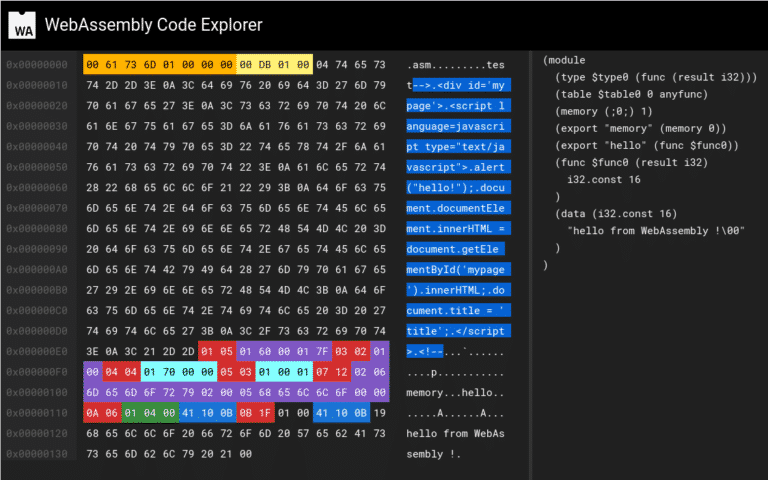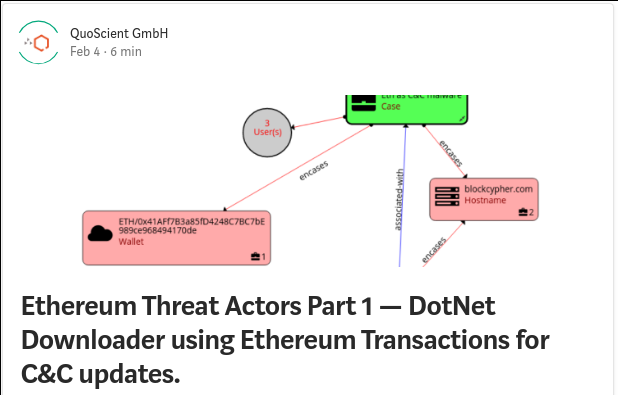
2019/11/20 @ webassembly-security.com
In this blogpost, I will first explain the WebAssembly binary format and its sections. Then, I’ll demonstrate how to create a valid polyglot wasm module that contain an html/js payload embedded using 2 different techniques. Finally, I’ll give you the link to the github repository if you want to try on your own and learn more about WebAssembly



